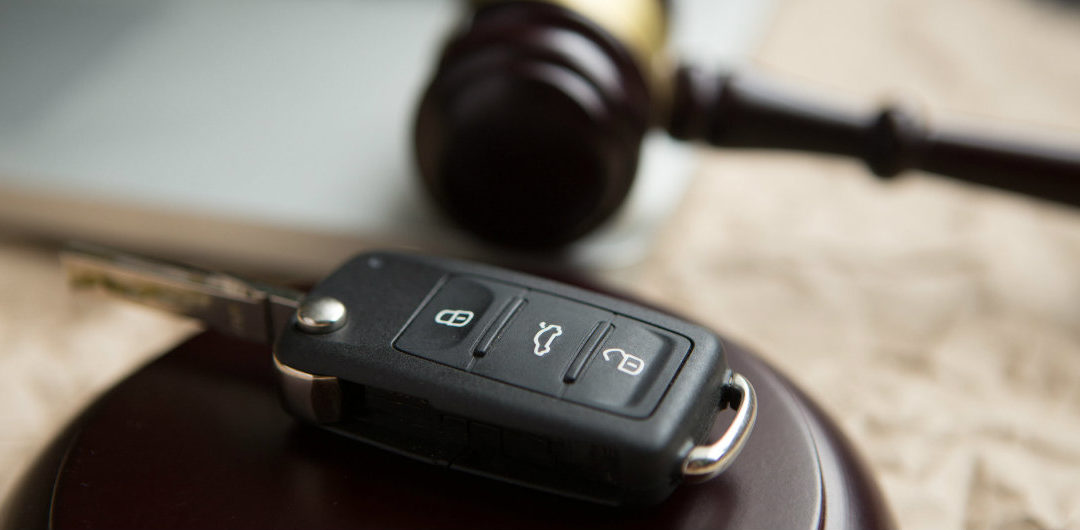When you are struggling with debt, the thought of having to give up your vehicle might keep you from considering bankruptcy as an option. Fortunately, bankruptcy legislation known as 11 U.S.C. Section 506 allows you to keep your car while lowering both the interest rate and the balance at the same time. By keeping your vehicle and making the payments more affordable for your situation, you can continue to have a reliable means to get to work so you can continue to pay other creditors involved with your Chapter 13 bankruptcy filing as well.
How It Works to Lower Your Interest Rate in a Chapter 13 Bankruptcy Case
When you work with your Chapter 13 bankruptcy lawyer at CMC Law, the two of you will create a repayment plan for your creditors that includes the holder of your auto loan. You will then submit the plan to a bankruptcy trustee for approval.
In May 2004, the United States Supreme Court decided on a case entitled Till vs. SCS Credit Corporation that determined a reasonable interest rate to repay a creditor with whom a person in Chapter 13 bankruptcy has an outstanding auto loan. As a result of the case, auto loan creditors may charge one to three percent interest plus the current prime interest rate. The deciding factor is whether the interest charged adequately pays the creditor for the vehicle.
To help you understand how this works, assume you currently have an auto loan with an interest rate of 18 percent. As of March 2019, the current prime interest rate is 5.5 percent. That means the maximum interest the lender could charge you is 8.5 percent. Although the lender may try to argue against this, you have the legal right to pay a reduced interest rate as a petitioner in a Chapter 13 bankruptcy case.
How Chapter 13 Bankruptcy Can Help Reduce the Total Amount of Your Car Loan
The same 2004 court case that allowed bankruptcy petitioners to lower their interest also makes it possible for them to lower the total balance due on the car to its current market value. However, this provision is only available if you purchased the vehicle at least 910 days prior to filing for bankruptcy. This is approximately two and one-half years.
For the sake of example, assume that you bought a car on this date in 2016. Because that was three years ago, you easily beat the 910-day rule. You paid $20,000 for a new car at a 10 percent rate of interest. Three years later, the fair market value of the vehicle is $10,000. Under Chapter 13 bankruptcy laws, you could submit a plan to reduce the car’s balance to $10,000 and the interest rate to no more than 8.5 percent as discussed above.
If you are living with the threat of repossession of your vehicle and struggle with other debts as well, consider working with a Chapter 13 bankruptcy attorney at CMC Law to learn more about your debt relief options. This is in your best interest if you still have a high balance on your auto loan or you are paying a high interest rate. Please contact us at our Atlanta office today to request a Chapter 13 bankruptcy consultation.

